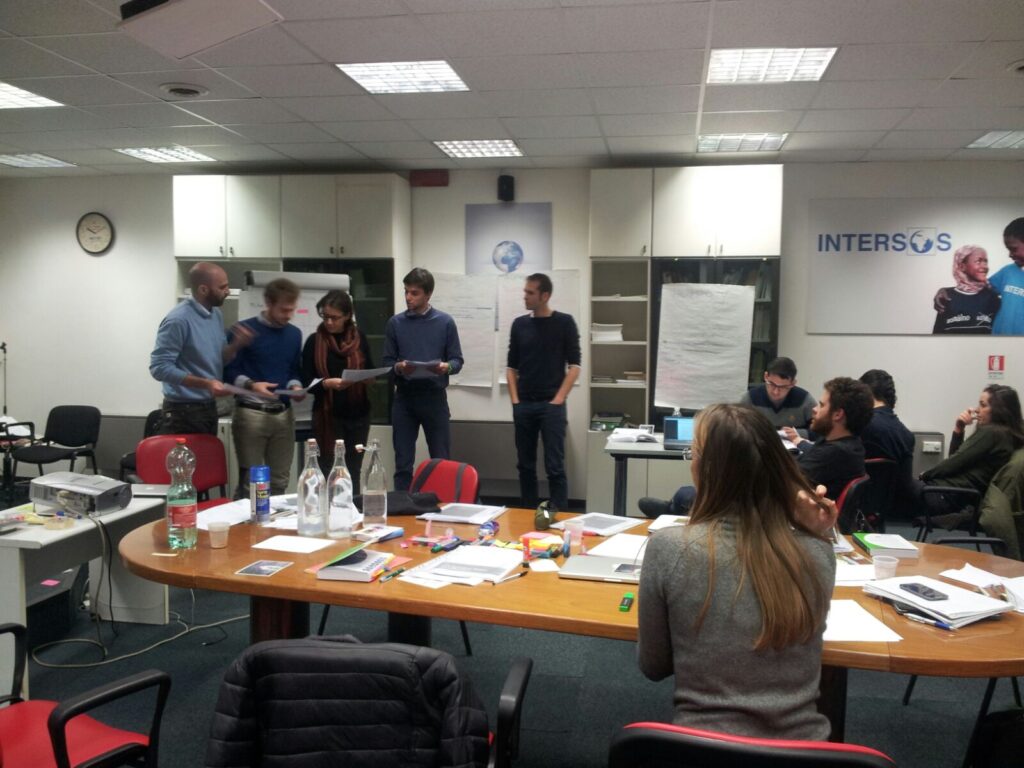Which are the minimum standards that have to be guaranteed in humanitarian emergency? How to get ready for a three-day simulation held at the UNHRD base in Brindisi?
The field experience “Working in Emergencies” is approaching and HOPE master’s students – Master in Humanitarian Operations in Emergencies Managing Projects, People, Administration & Logistic in the field (June 2015 Edition) have already started to “jump right into” it during the weekend of the 19th-21st February, by gaining the international standards which are adopted by the humanitarian emergency sector.
Pia Cantini, who is the Humanitarian Aid Expert for Save the Children Italia, gave students the opportunity to work on The Sphere Project Handbook: what it is, how it was conceived, what is its importance today and how operators within the sector use it. It is indeed a project born from the bottom up. Following the Rwandan Genocide, emergency sector realized that it was necessary to establish and codify minimum standards of emergency. Therefore, Sphere was born in 1997: today considered as the relevant manual for anyone who works in the humanitarian emergency sector at a worldwide level.
During the 3 days in class, at Intersos headquarters in Rome, the 4 technical sectors of the standard Sphere were examined in depth:
-Food security and nutrition
-Health actions
-Shelter Settlement and non food items
-WASH
A specific focus was dedicated to “Education in Emergency” topic: what does it mean to provide education during a humanitarian emergency?
After three days of practice on the main principles, nothing to do but test yourselves on the field!
UNHRD base in Brindisi and Working in Emergencies workshop, with CHS Alliance support, will be the next challenges for our future humanitarian operators.



